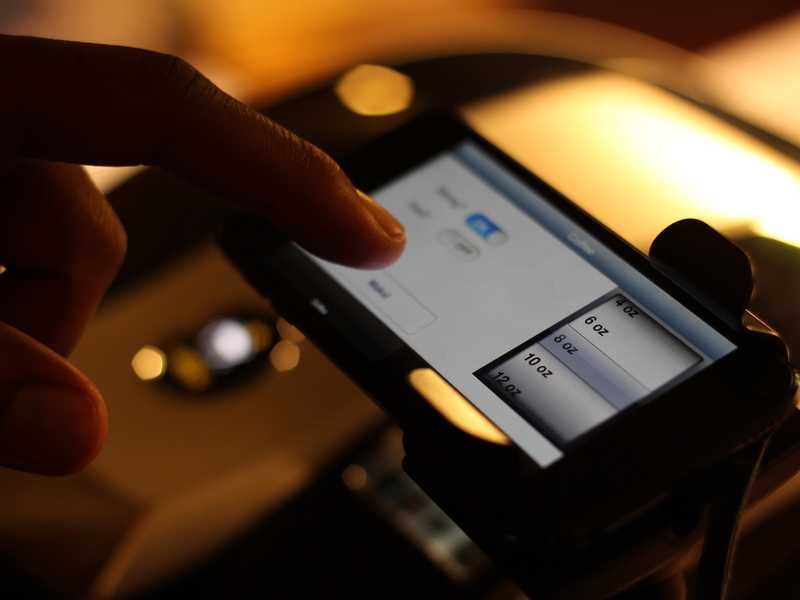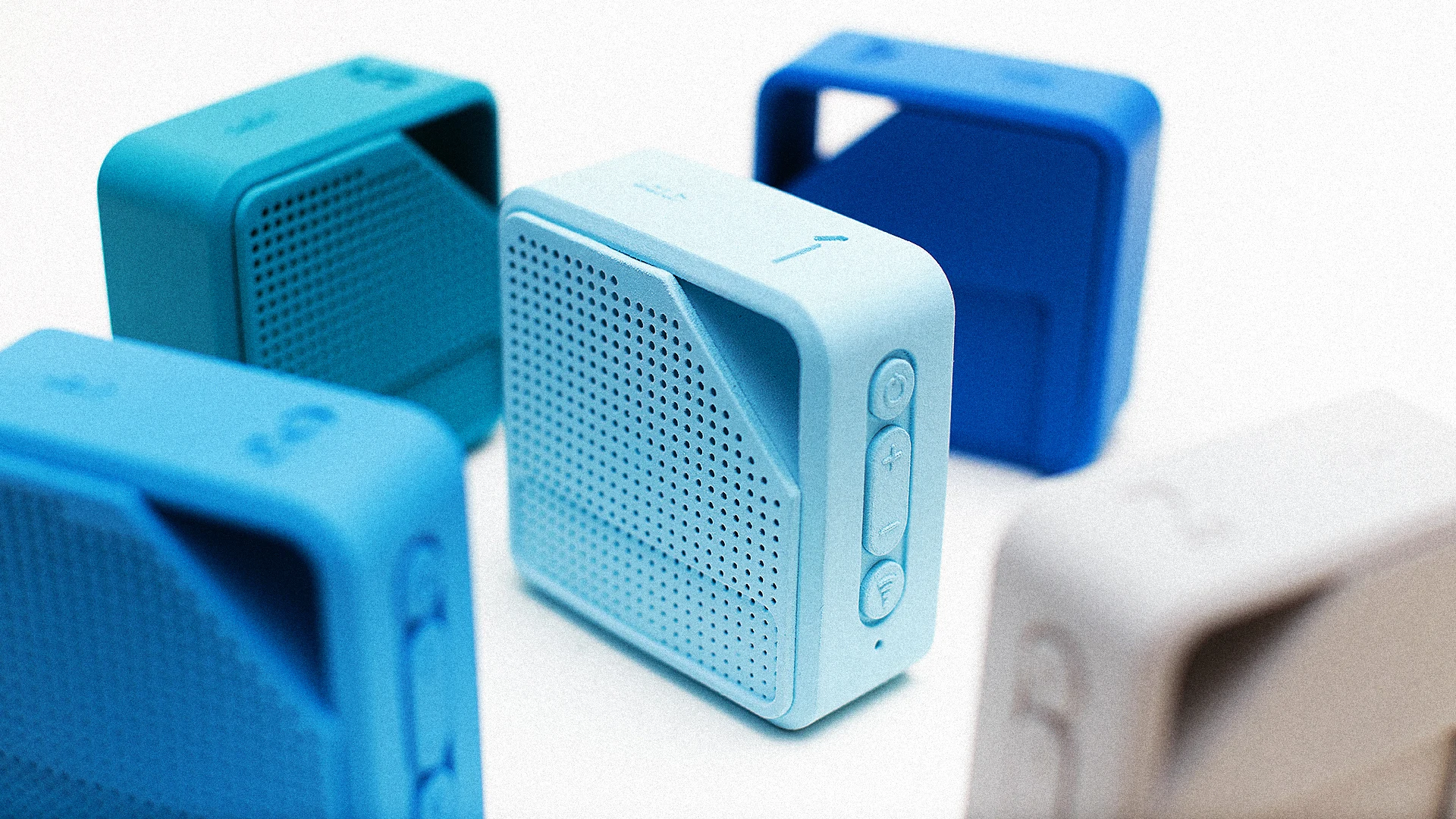Mobility Aids for Visually Impaired Users: Improving Freedom
Wiki Article
Discover Ingenious Tools Made for the Visually Damaged
The growth of ingenious tools for the visually damaged stands for a considerable improvement in ease of access and freedom. Technologies such as smart glasses with AI capacities and mobile applications created to offer auditory summaries are improving daily experiences for customers. Furthermore, wearable devices that employ haptic feedback boost ecological understanding, while modern Braille advancements provide new ways to involve with text. As these devices proceed to progress, their effect on the lives of those with aesthetic impairments elevates essential questions concerning the future of inclusivity and autonomy in numerous aspects of life. What exists in advance in this technical landscape?Smart Glasses for Navigation

Smart glasses developed for navigating are revolutionizing the means aesthetically impaired individuals engage with their setting. These innovative tools use a mix of video camera technology, expert system, and acoustic comments to offer real-time details regarding surroundings. By utilizing obstacle discovery systems, wise glasses can notify customers to prospective hazards, allowing safer wheelchair in both unfamiliar and acquainted settings.
The combination of GPS technology additionally enhances navigating capacities, enabling customers to receive acoustic instructions as they move. This hands-free method not only promotes freedom but likewise equips visually damaged people to navigate metropolitan landscapes with increased confidence. In addition, numerous clever glasses are furnished with attributes that identify sites and road indicators, providing contextual info that boosts the customer experience.
Furthermore, the growth of these tools is consistently advancing, with firms functioning to improve the accuracy of object recognition and broaden the variety of navigational features. As wise glasses end up being extra accessible and economical, they hold the prospective to substantially change life for aesthetically impaired customers. Ultimately, these cutting-edge tools stand for a vital action towards inclusivity, offering boosted flexibility and a greater sense of autonomy for people browsing the globe around them.

Mobile Apps for Daily Living
Just how can mobile applications enhance the lives of aesthetically damaged individuals? Mobile apps are reinventing the way visually damaged users navigate their atmospheres, take care of daily tasks, and gain access to information. These applications supply important support with numerous capabilities, fostering self-reliance and enhancing quality of life.Several ingenious mobile apps are created especially for day-to-day living. Apps like Be My Eyes connect aesthetically damaged customers with sighted volunteers using video phone calls, enabling them to get real-time support with tasks such as reading tags or navigating unfamiliar spaces. Seeing AI, developed by Microsoft, utilizes fabricated knowledge to describe environments, reviewed text, and recognize items, efficiently transforming a smart device right into a powerful device for day-to-day help.
Furthermore, navigating applications tailored for the aesthetically impaired, such as Aira and BlindSquare, use audio-based instructions and ecological information, allowing users to traverse their environments securely and with confidence. Past navigation and prompt help, mobile apps additionally sustain organization and job management, with attributes that assist individuals establish pointers, develop order of business, and track visits. In recap, mobile applications function as important resources, empowering aesthetically damaged individuals to lead even more independent and satisfying lives.
Wearable Technologies for Aid
Empowerment with technology is significantly evident in the world of wearable devices created to aid visually damaged individuals. These cutting-edge devices integrate flawlessly into day-to-day life, improving navigating and offering necessary feedback to individuals. As an example, smart glasses furnished with video cameras can identify faces and review message out loud, enabling customers to interact more confidently in specialist and social settings.Another noteworthy improvement is making use of haptic feedback systems in wearable gadgets. These systems use vibrations or various other responsive signals to share info regarding the customer's setting, such as challenges or modifications in terrain, boosting mobility and safety. Wearable innovations also include wristbands that connect to mobile phones, notifying individuals to notifications through subtle resonances, thus improving connectivity without reliance on aesthetic signs.
As these modern technologies remain to advance, they are not just boosting self-reliance for visually impaired people yet likewise cultivating a higher sense of inclusion in culture. By linking the space between challenges faced in day-to-day living and the capacity for autonomy, wearable technologies work as essential tools in the pursuit for equal rights and empowerment for those with visual impairments.
Sound Description Devices
Sound summary devices play a vital role his comment is here in boosting accessibility for aesthetically impaired people, supplying them with the ability to involve with visual media. AI-powered visual aids. go to the website These tools use narrated descriptions of vital aesthetic elements in films, tv shows, and live efficiencies, guaranteeing that customers can completely understand the context and emotions shared through visualsSound summary can be integrated right into different systems, consisting of streaming services, movie theater screenings, and live theater. Several prominent streaming services now consist of audio description as an ease of access feature, permitting audiences to pick it easily. Along with mainstream media, specialized applications likewise exist, giving audio descriptions for art events, museums, and various other social occasions.
The performance of audio summary hinges on the ability of the narrators, that must communicate aesthetic information succinctly without diminishing the original audio. Developments in this field are also leading the method for more customized experiences, where individuals can change the level of detail and pacing according to their choices.
Braille Innovations and Instruments
Braille gadgets and technologies have considerably transformed the way aesthetically damaged people communicate with message and details. Modern advancements have led to the growth of functional devices that boost proficiency and freedom among individuals.
In addition, portable Braille notetakers incorporate conventional Braille input with contemporary capabilities, facilitating note-taking, scheduling, and record editing on the move. Wearable technology for low vision. These portable tools often feature text-to-speech capabilities, bridging the space in between Braille and auditory information
Additionally, ingenious Braille printers have arised, permitting individuals to create Braille tags, records, and instructional products effectively. This ease of access fosters higher participation in expert and academic atmospheres, eventually advertising inclusivity.
Moreover, research study right into clever Braille technologies proceeds to increase. Tools that incorporate expert system are being explored to offer real-time navigation aid and contextual information, enhancing the individual experience in diverse setups. Generally, these developments show a dedication to empowering aesthetically damaged individuals through modern technology, ensuring they can conveniently accessibility and involve with the globe around them.

Conclusion
The advancement of ingenious devices for the aesthetically damaged dramatically enhances independence and lifestyle. Smart glasses, mobile applications, wearable modern technologies, audio description devices, and Braille developments jointly empower individuals by offering vital navigation aid, ecological recognition, and improved reading experiences. These innovations not only foster greater inclusion but additionally advertise freedom in daily tasks, ultimately adding to an extra fair and available society for aesthetically damaged individuals. Proceeded advancement in this field holds assurance for more enhancements.As clever glasses come to be a lot more easily accessible and affordable, they hold the prospective to dramatically change day-to-day life for aesthetically impaired users. Mobile apps are changing the way visually impaired customers browse their atmospheres, take care of everyday jobs, and gain access to info. Apps like Be My Eyes connect aesthetically have a peek at this website damaged customers with sighted volunteers using video clip telephone calls, allowing them to obtain real-time assistance with jobs such as checking out tags or browsing unfamiliar areas.In addition, navigation apps customized for the visually impaired, such as Aira and BlindSquare, supply audio-based instructions and environmental info, making it possible for individuals to traverse their environments safely and confidently.The advancement of innovative devices for the visually impaired substantially boosts freedom and top quality of life.
Report this wiki page